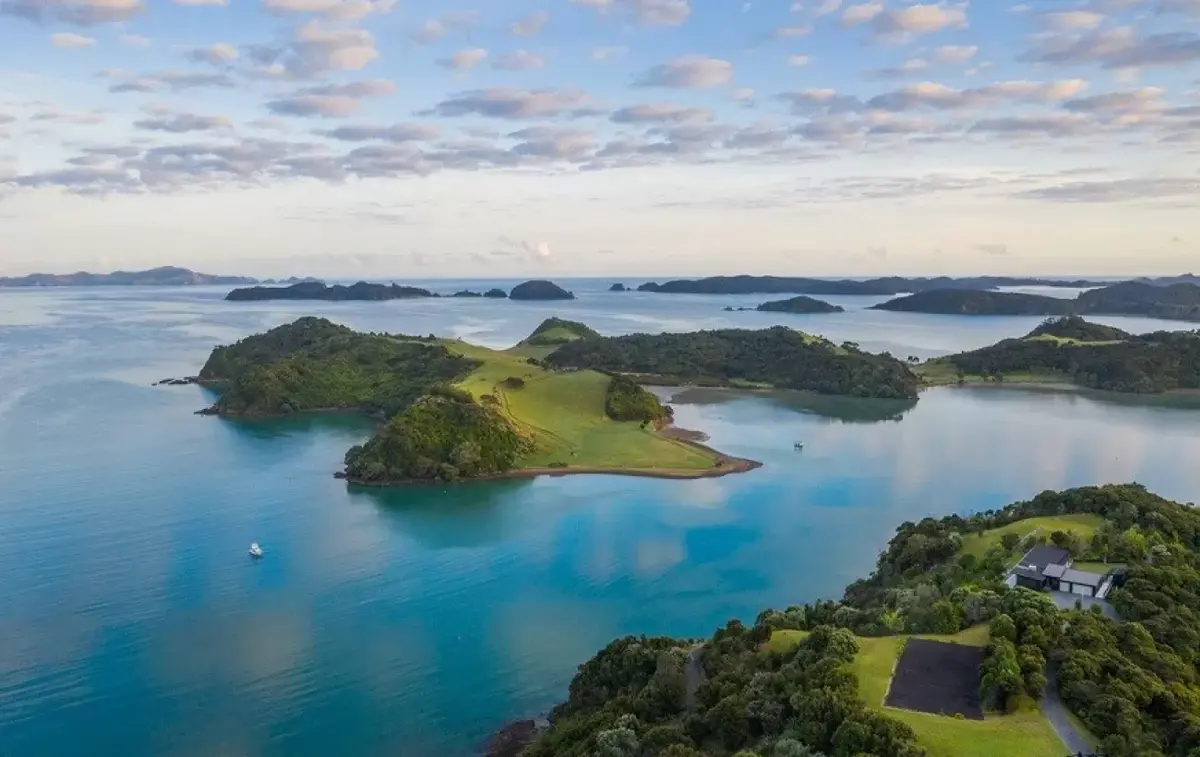Significant Protection for Hauraki Gulf
Staff Reporter
12 October 2024, 8:21 PM
 Historic Step to Safeguard Gulf’s Biodiversity
Historic Step to Safeguard Gulf’s BiodiversityA new law dedicated to restoring the health of the Hauraki Gulf has officially passed, marking a pivotal moment in the conservation efforts for the region.
The Hauraki Gulf Marine Protection Bill, recently approved by Cabinet with amendments, aims to bolster marine protection and ensure the Gulf’s unique habitats are preserved for future generations.
Minister of Conservation Tama Potaka acknowledged the extensive work that has gone into this legislation, highlighting the importance of focusing efforts on areas that yield the highest conservation benefits.
“Committing to progressing this Bill means we are targeting our efforts into high-value conservation areas delivering the best outcomes for biodiversity,” Potaka stated.
The Hauraki Gulf, known for its diverse marine ecosystems, is home to dog cockle beds, kelp forests, and fragile coral structures.
Remarkably, one-third of all seabirds that breed in New Zealand nest in this region. The new Bill establishes 19 additional marine protection areas, which will almost triple the protected zones within the Gulf.
In addition to conservation, the legislation acknowledges the Gulf’s significant economic role.
The NZ Institute of Economic Research recently estimated the Gulf’s economic value at approximately $100 billion, highlighting its contribution to sectors such as tourism and fishing.

Minister of Conservation Tama Potaka
Potaka emphasised the need to strike a balance between ecological preservation and economic interests.
“Our amendments ensure we are putting in place modern marine protection that balances the needs of communities, the environment, and the economy,” he said.
An example of this balance is the provision allowing customary non-commercial fishing rights to continue, maintaining traditional practices while safeguarding marine habitats.
Some restrictions, like limited ring-net fishing in protected zones, will remain for a small number of fishers supplying local communities.
According to Potaka, this method minimally impacts non-targeted marine species, aligning with the Bill’s environmental goals.
The Government also plans to introduce monitoring initiatives to assess the effectiveness of the new protected areas, funded by the International Visitor Levy and reallocated resources from Vote Conservation.
Potaka concluded with an optimistic note on securing biodiversity for future generations, emphasising a commitment to both economic growth and environmental stewardship.
NEWS
TRADES & PROFESSIONAL SERVICES
ATTRACTIONS


